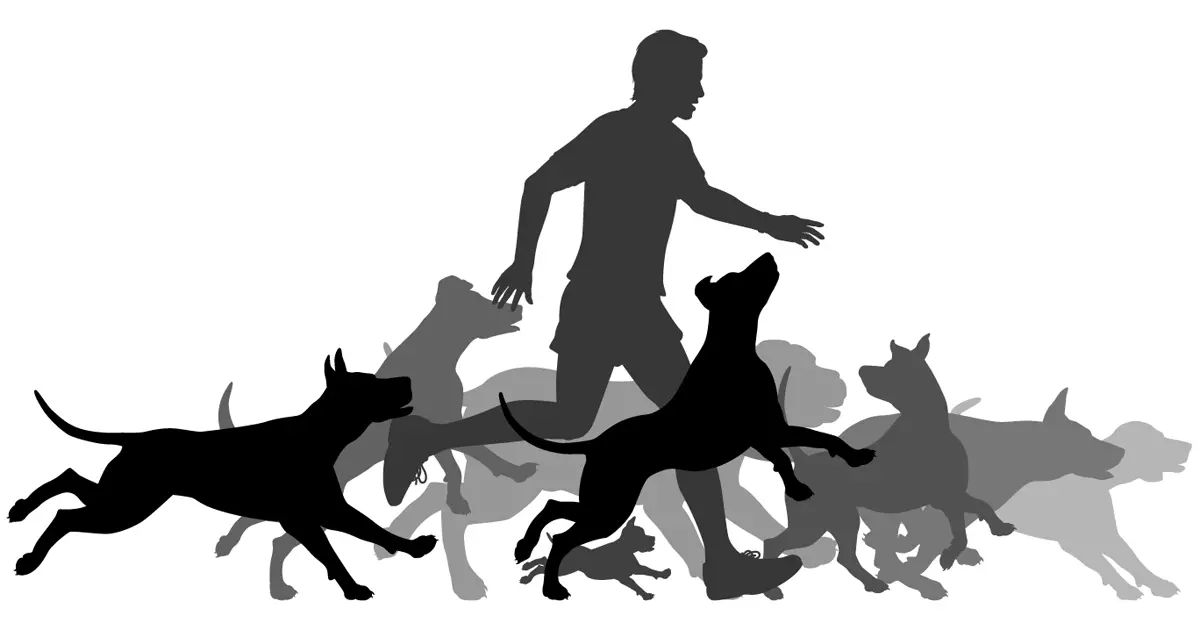Running and jogging with your four-legged companion is an incredibly fulfilling way to incorporate exercise into your lifestyle while strengthening the bond you share with your pet. However, ensuring the safety and well-being of your dog during these activities is paramount. This article explores critical considerations, essential tips, and best practices to make jogging with your dog an excellent experience for both of you.
Before embarking on a running adventure, it’s important to recognize that not all dogs are designed for long-distance efforts. Various breeds possess distinct endurance levels, built specifically for the tasks they were bred to perform. For instance, while sight hounds excel in speed and long runs, brachycephalic breeds, like Bulldogs or Pugs, may struggle with strenuous activity due to their short snouts. Understanding your dog’s limitations is vital. Always consult your veterinarian if you are unsure about your dog’s fitness for running, especially if they are older or have pre-existing health conditions.
Beginning with a short jog around the block is advisable. This gradual approach allows you to gauge your dog’s stamina and comfort level on the run. With time, you can incrementally increase the distance, making sure that both you and your dog are enjoying the experience. Always watch for physical signs of fatigue, such as excessive panting or lagging behind. These symptoms may indicate that it’s time to slow down or take a break.
Before hitting the pavement, ensure that your dog has undergone basic obedience training. Knowing fundamental commands such as “sit,” “stay,” and “heel” is crucial for a safe running experience. A well-trained dog will more easily adjust to running alongside you, leading to a less chaotic and more enjoyable outing.
Establish a consistent position for your dog during your run. Whether your dog runs on the left or right side, maintaining this rhythm will help you avoid tripping over each other and minimize the risk of injury. Training sessions can be incorporated into your daily walks, helping your dog understand when to speed up or slow down, and keeping them engaged and responsive to your cues.
Just like humans, dogs require a warm-up period to prepare for any physical activity. Before you start running, spend a few minutes walking to allow their muscles to loosen up. Additionally, consider the time of day you choose to run. Early morning or late evening runs can be significantly cooler, making them more comfortable for your furry friend.
Keep in mind the temperature and weather conditions when planning your running schedule. Dogs can quickly overheat, especially in hot or humid weather. Make it a habit to carry water for both yourself and your dog. During your runs, take regular breaks, allowing your dog to hydrate and rest as needed. Signs of overheating can be serious, so it’s essential to remain vigilant by monitoring your dog’s behavior throughout the run.
Integrating running into your routine can create a regular activity that your dog comes to anticipate and enjoy. The consistency will also improve their overall fitness, leading to a healthier and happier pet. Dogs thrive on routine, and as they become familiar with the running pattern, they’ll eagerly await their next outdoor adventure.
Moreover, pairing physical exercise with mental stimulation is beneficial. Incorporating activities like agility training or interactive games can keep your dog mentally engaged along with physical workouts. This combination will help prevent boredom and improve behavior, making every running session a more enjoyable experience.
Jogging with your dog can be one of the most rewarding experiences for both of you. However, acknowledging your dog’s limitations, ensuring quality training, and recognizing environmental factors are essential for a safe and enjoyable run. Establishing a routine will not only enrich the physical fitness of both partners but also enhance the affectionate relationship between you and your dog, paving the way for many happy miles together.

